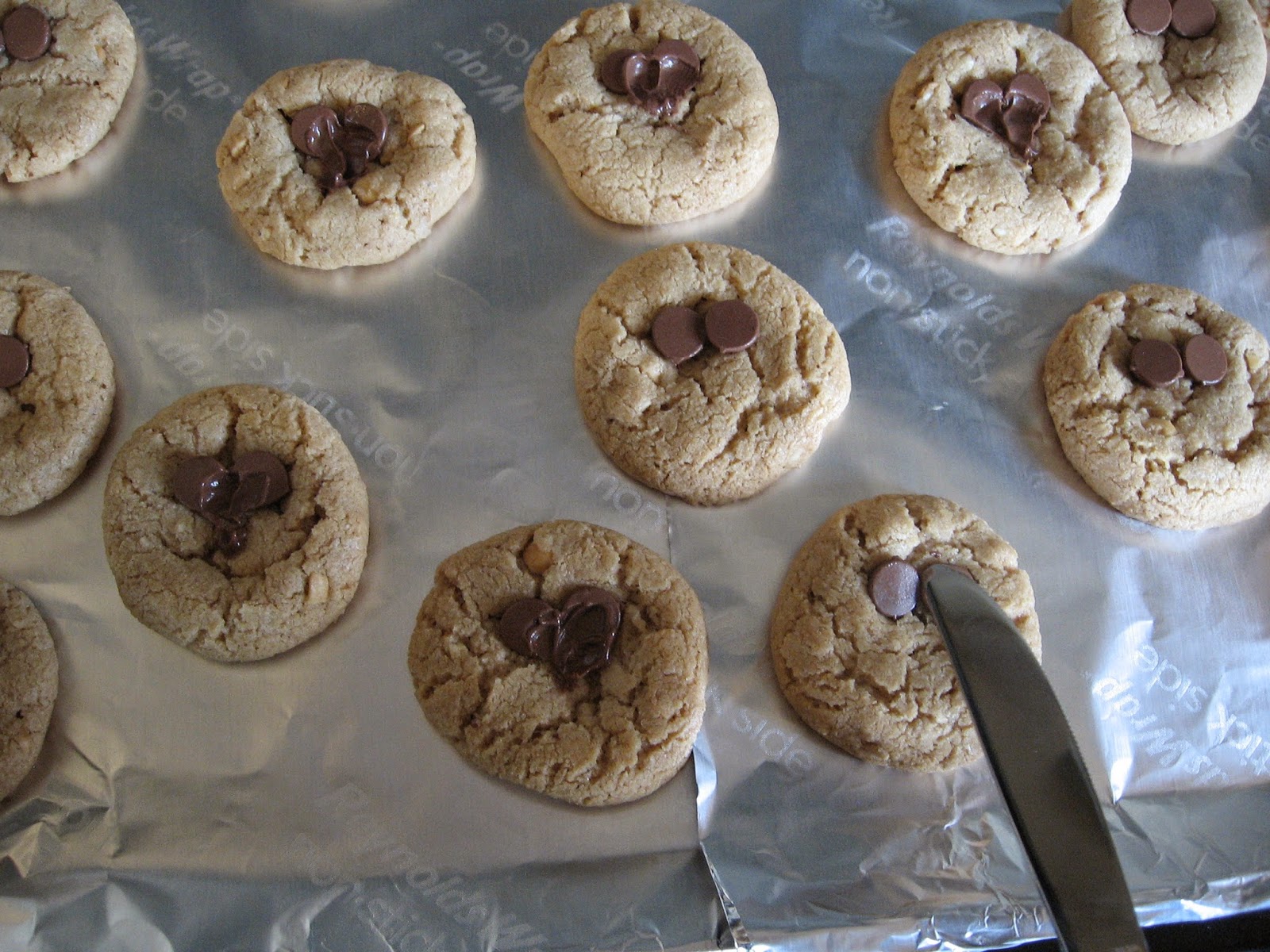"When she was young, often her grandfather would use anagram games to hone her English spelling. Once he had written the word "planets" and told Sophie that an astonishing ninety-two other English words of varying length could be formed using those same letters. Sophie had spent three days with an English dictionary until she found them all."
I've been passing the long winter afternoons listening to an audio version of Dan Brown's
The Da Vinci Code. I know I'm a little late to the party, and probably the last person over 40 left in America who has not read this novel, or seen the film. At the height of the anti-Brown fervor, I simply wasn't in the mood for a controversial read, and then later on, I didn't have the time.
T(age 17) asked me about the book, the other day, while reading a magazine article for a class he's taking, and I realized I had time now - so why not. It turns out to be a good book for a cozy afternoon read (or listen), or rather several cozy afternoons, as it is fairly long. And, much to my surprise, I am finding it disturbing. But, not for the reasons I expected.
The story does contain a good deal of fiction about Jesus, the Council of Nicaea, and the Catholic Church. However, it is all pretty obvious fiction, so far from the truth, as to be easily dismissed. What has really amazed me is the art Dan Brown has for presenting fiction as believable fact.
Apart from the religious aspects of the novel, it appears to be a piece of "living fiction" filled with art, history, geography, math, and brain teaser type puzzles. I love those type of books, and I was really loving this one, enjoying all the little bits and pieces of trivia shoved in between the plot points. Then, it dawned on me (more slowly than I'd like to admit), that if certain aspects of the book were pure fiction, being presented convincingly as fact, maybe all the little details I was enjoying so much, were made up too.
I started by doing some quick checks on a few of the Leonardo facts in the book (you can read about more of them
here). Did Da Vinci really design a cryptex - a box, meant to hold a secret, written on papyrus, locked by combination, that if broken open without the combination would release vinegar to dissolve the papyrus inside?
No. It is a Dan Brown invention. In fact, as far as I can tell, vinegar wouldn't dissolve papyrus anyway, so it is a silly invention at that. But, it sounds really cool. Moving on from Leonardo, are there really 666 panes of glass in the pyramid in front of the Louvre, as one of the characters states very matter of factly?
No,
there are 673. And, what about something as simple, and straight forward as the anagram puzzle from the quote at the top of the page? Can you really make 92 words of varying lengths out of the letters of "planets"?
I'm giving that one to my children to decide.
When T was studying for the SAT, we read about test takers who had written essays for the test, using fictional historical events and figures for examples, made up on the spur of the moment. I remember thinking that would take some real skill to pull off. I bet Dan Brown could do it. I'm impressed by his writing, and disturbed by my own gullibility.


























































